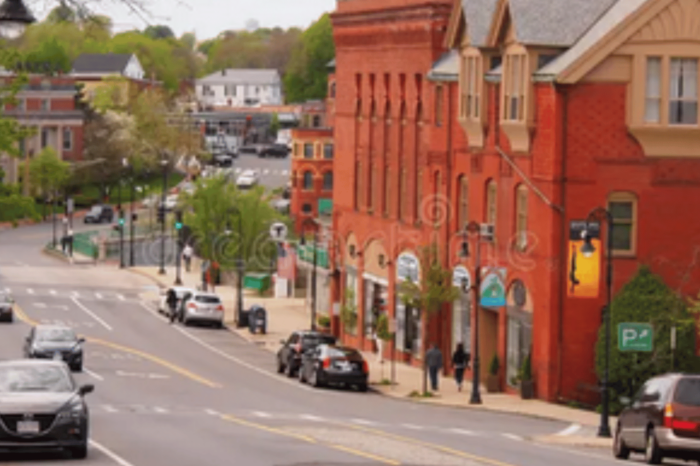Milton Shuts the Door
on Multifamily Housing Plans
The housing affordability crisis in Massachusetts is well known and well documented. According to the Warren Group’s January press release, 40,828 single-family homes sold in Massachusetts in 2023, a staggering 22.4 percent decline from the previous year and the lowest number of sales since 2011. Meanwhile, the year-end median single-family home price increased 2.6 percent to a record high of $570,000.
This combination of limited inventory and higher housing prices, against a backdrop of high interest rates, makes for a very challenging housing landscape. So challenging, in fact, that a growing number of young people are leaving Massachusetts, most likely in search of more affordable housing options.
A solution put forth by former Gov. Charlie Baker and adopted by current Gov. Maura Healey has been to build more housing. The MBTA Communities Act, passed in 2021, provides that the 177 communities serviced by the MBTA must create multifamily zones to spur housing development close to public transportation. This approach could alleviate the housing affordability crisis while also providing some congestion relief and advance the state closer to its climate goals.
All of this seems logical and straightforward enough, right? Think again. The issue is an emotionally charged one, with passions high on both sides.
The recent debate in Milton demonstrates why that is so. At issue is the zoning plan that had been approved by town meeting last December, which would allow for construction of almost 2,500 new multifamily units in six areas around town — including around the Mattapan Trolley Station, the Eliot Street Corridor along the Neponset River, East Milton Square, and Granite Avenue.
Opponents challenged the measure after the fact and collected enough signatures to force the plan to be subject to a town-wide vote. On February 14, Milton residents rejected the zoning plan by a vote of 5,115 to 4,346.
As in most affected communities, the issue denotes so much more than the need for more housing — a fact on which most people can agree but where the consensus often ends. Some residents don’t want new developments to change the character of the town. Increasing the housing stock by 25 percent, as the Milton proposal would have done, may be much too soon for some residents who bought their home based on the largely single-family housing stock that characterizes much of Milton.
Others complained that locating over 500 homes in East Milton Square will make the current bottleneck to get on the Southeast Expressway more time consuming and unbearable. For other residents, this comes down to an argument between the haves and have-nots. Many of the more affluent neighborhoods of Milton would be untouched by the new zoning, further burdening those areas with more modest houses and smaller lots.
So far, Milton has been the community to push back the most on the requirements of the MBTA Communities Act. Its rejection of the plan means that it will lose some state funding as a penalty for noncompliance. Future efforts may materialize to develop a more acceptable plan that satisfies enough residents to garner approval of a new zoning plan.
If that happens, the Milton experience could be an example of why local rule has such a stronghold in the Commonwealth. If that doesn’t happen, it could portend how local rule may serve as an obstacle to the state’s best-laid plans.
on Multifamily Housing Plans



